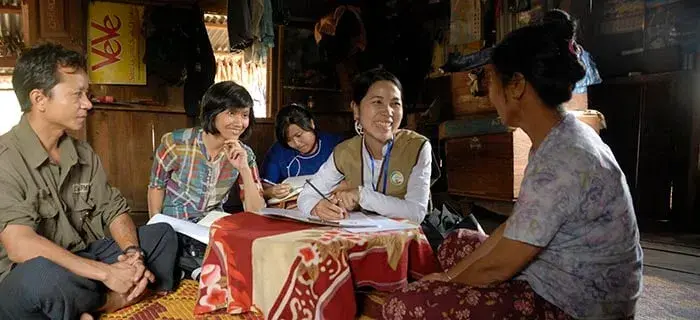The Asia and the Pacific region is home to 60 per cent of the world’s population – some 4.3 billion people – and includes the world’s most populous countries, China and India. The region also contains some of the smallest populations on the planet, especially among the Small Island Developing States in the Pacific. This diversity is accompanied by changing demographic trends, characterized by overall lower fertility and mortality rates, as well as rapid urbanization and sizeable migration flows within and outside the region.
Although the total fertility rate for the region as a whole is currently close to the replacement level of 2.1 births per woman, changes have not been uniform. Family size in East Asia has fallen to 1.7 children per woman, while remaining high in South Asia at 2.5 children per woman. While some countries are confronted with a “youth bulge”, which presents opportunities to accelerate development, others are ageing rapidly, making the provision of adequate health care and other services imperative. The skewed sex ratio at birth due to prenatal sex selection is also a concern in several of the most populous countries, with important consequences now and in the future for these societies.
Between now and 2050 the number of people aged 60 years and older in the region will more than double, reaching 1.3 billion. By the middle of this century, one in four people will be 60 or older, compared to one in ten today. The proportion of elderly in East and North-East Asia will be even higher – one in three people will be over 60; most in this group will be women without pensions or any type of social protection net.
Migration is also an important issue in the region: 40 per cent of all international migrants globally originate from Asia and the Pacific and there are even more people moving within their own countries. Although only two out of every five people in the region currently live in urban areas, this ratio will increase significantly in the next two decades as millions move from the countryside to towns and cities in search of employment and better opportunities. Rapid urbanization requires proactive planning to make urban areas places of economic growth and create new opportunities for sustainable development.




